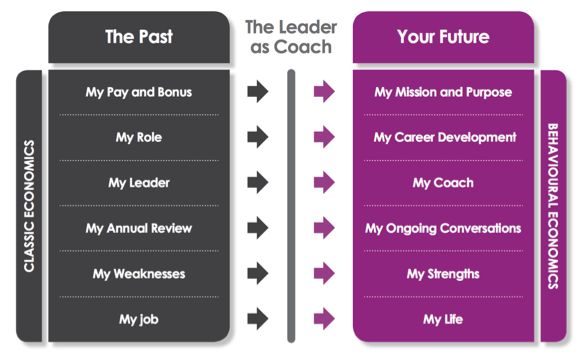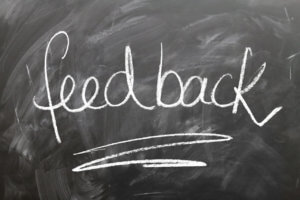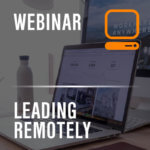
Lead people as they want to be led, not how you like to be led.
Lying hidden in this expression is one of the most important lessons of leadership, which if you have any desire to build a reputation and legacy as an Inspirational Leader, this lesson is a must know.
And the lesson is simply this…
The need to look through a different lens

The role of the Leader today requires a different focus and lens through which we lead.
I’m 45 years old (I cannot believe it!!) and a Generation X (1961-1980). The early part of my career was firmly embedded around my pay and bonus, my role, my leader, my annual review, my weaknesses, my job.
Because I was indoctrinated into the world of business and leadership through this filter it would be so easy for this to become my default mode in terms of how I lead today.
BUT this would be a BIG mistake!
Why?
Because the pathway to unlocking the potential in our people has changed.
Today, individuals are wired, motivated and driven by very different needs and wants and understanding the fundamentals of what motivates and drives them is critical to attracting, developing, retaining and yes, inspiring people to do their best work.
There has been a change.
There is an old way of thinking versus a more fresh thinking approach
Leaders must acknowledge a shift in their thinking from classic economics (the old way of thinking) to behavioural economics (fresh thinking) and leverage these opportunities when building their compelling employee value proposition.

The hunt for talent is hotting up and individuals have more choices than ever about who they choose to work for. Lead people as they want to be led, not how you like to be led!
Are you leading through the filter of classic economics or are you an inspired leader, leading through behavioural economics?
#1 My Pay & Bonus vs. My Mission & Purpose
Today, people are more connected to undertaking meaningful work than ever before. Part of our role as leaders is to connect them to the mission, purpose and vision of the organisation and not just the pay check!
A compelling vision is like infusing work with purpose and meaning.

I have no doubt you’ve heard the story of President John F. Kennedy visiting NASA HQ and during that vision he was led on a tour of Cape Canaveral, where he greeted each person he passed and asked them what they did.
The first one, a man in overalls responded without enthusiasm “I’m earning a living, Mr President”. A second one said “I clear away the garbage, Mr President”. However, a third man had a big smile on his face and replied “Mr President, I’m helping to put a man on the moon’.
Individuals want to add value, coming into work every day feeling like they are making a difference.
#2 My Role vs. My Career Development
Classic economics is all about My Role today, the present, and the shift in thinking is much broader looking beyond today to the future. Behavioural economics comes from the perspective of how My Role fits with My Career Development.
Individuals are looking for career progression and diversity, and businesses need to give consideration to opening up opportunities which provides exposure to different functions or locations within the business.

The average graduate today will have 15 – 20 different roles over the course of their working life and this doesn’t necessarily mean with different companies.
If your business is a revolving door of people in – people out this will be costing you time, resources, cash and missed opportunity. Hiring and retaining the right people can catapult your business forward, losing people, especially talent will set you back five steps in realising your goal and ambitions.
#3 My Leader vs. My Coach
The role of the leader is changing, it’s becoming more about how you performance lead and not performance manage.
Sign up for my LIVE WEBINAR on this very topic! ‘How to build a self-sustaining leader-leader culture where people are performance led, not performance managed’
Your role as a coach is to facilitate and build capability, to identify and build-out strengths, to support them with their weaknesses in a coaching capacity.
Arm your people with the mind-set (attitude, determination, will) the skill-set (technical or soft skills) and the toolset (tools to do their job) will unlock their potential, deliver excellence within their role and fuel their inner self worth, igniting their self-motivation and confidence.
#4 My Annual Review vs. My Ongoing Conversations
This one is quite simple. It’s less about the annual review which should be the easiest performance conversation all year.
Why?
Because you’ve had multiple micro-conversations all year about performance.
Open, ongoing two-way dialogue which provides in the moment feedback, recognition, praise is significantly more powerful than storing past examples only to share with the individual one month, 3 months or even 6 months after the event.

Individuals are hungry for regular feedback, for development, for reassurance that they are doing the right thing (this links back to point #1 making a difference) be sure you’re meeting this need.
#5 My Weaknesses vs. My Strengths
Are you catching people doing it right? Or, are you catching people doing it wrong?
Set the working environment up so that people are playing to their strengths, allow them to do their best work and support them with their weaknesses with people who can help them.
I once heard the saying ‘don’t aim for perfection and miss good along the way’.
#6 My Job vs. My Life
The key shift here is being genuinely interested in your people beyond the four walls of the office.
Being interested in knowing about their partner, their family, their hobbies.
What are their personal goals and how is working for you helping them achieve this.
The moment we create the bridge in their mind – the link between their personal goals and business goals – self motivation kicks in.
Is Leadership your ‘thing’?
Leadership is practised not so much in words as in attitude and actions.
Are you leading your people how they want to be led?
Sign up for my LIVE WEBINAR ‘How to build a self-sustaining leader-leader culture where people are performance led, not performance managed’
You’ll discover the 7 guiding principles to building a self-sustaining leadership culture which will become an integral part of your critical thinking, filter and blueprint for any leadership development moving forward.
PLUS…
Check out my other blog posts on leadership:
Are you building a Leader-Leader or Leader-Follower culture in your business;
My top 7 leadership quotes – how do you measure up against them?;

